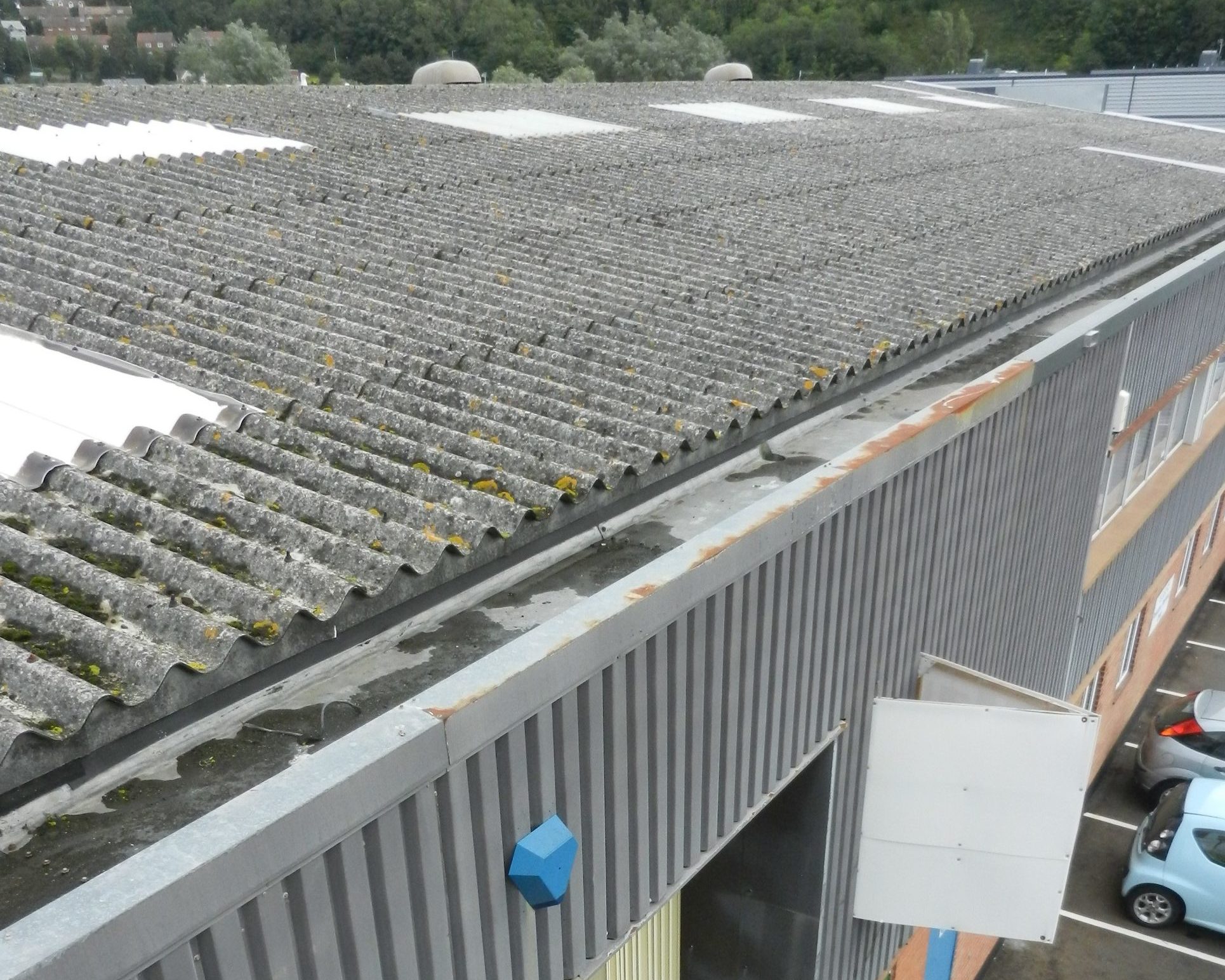What are dilapidations?
 We use the term dilapidations when the lease covenant which relates to a property’s condition has been breached. This may be during the term of the tenancy or when the lease ends.
We use the term dilapidations when the lease covenant which relates to a property’s condition has been breached. This may be during the term of the tenancy or when the lease ends.
If the lease covenant has been breached, the landlord will usually make a Schedule of Dilapidations claim.
Whether you are a landlord or a tenant, using the services of a chartered surveyor before signing a lease and during a dilapidations claim will prove invaluable.
Are you a tenant? What you need to know before you sign a lease
Before you sign a lease, we can inspect the property and advise you on its condition and what the lease clauses mean for you, including dilapidations. You may need a commercial building survey or a schedule of condition.
Many tenants don’t realise that they could be under an obligation to return the property in a good state of repair at the end of the lease even if it was in poor condition at the start. As chartered surveyors, we can advise you on how to limit your repairing liability. Call us or drop us an email to find out more.
Unless you have completed all the repairs and building work, you should expect to receive a Schedule of Dilapidations claim from the landlord towards the end of your lease.
Are you a landlord? Why you need a chartered surveyor
As a landlord, you would usually engage a chartered building surveyor to prepare a Schedule of Dilapidations as part of a lease agreement. You may be able to recover the surveyor’s fees from the tenant under lease clauses. Please contact us to find out how Grumitt Wade Mason can help.
The reasonable cost of the works that the tenant should have carried out is a good guide to your loss but it should not exceed your actual loss. The law limits this to the amount the property has been devalued by the tenant’s breaches of contract.
Normally, the landlord’s and tenant’s surveyors will meet to narrow the differences in cost estimates and recommend a settlement figure.
Whether you’re a tenant or a landlord, here are some useful dilapidations FAQs:
What is a Schedule of Dilapidations?
The document prepared by the landlord’s surveyor which lists repairs, outstanding reinstatement works, decorations and so on, suggests remedial works and, where appropriate, estimates the costs of building works.
What is a Quantified Demand?
A document which sets out further details of the claim. This may include more information about the landlord’s loss, such as loss of rent, rates and professional fees.
What is a Scott Schedule?
This is an extended version of the Schedule of Dilapidations which enables the tenant’s surveyor to respond to the Schedule.
What is The Dilapidations Protocol?
This sets out the Court’s expectations of the landlord and tenant and is published by the Ministry of Justice. It includes matters such as timing and how to conduct the claim for lease end dilapidations. Find out more on the Property Litigation Association website.
What is a Response?
This is the reply from the tenant to the Schedule of Dilapidations or Quantified Demand, usually in the form of a letter or email and a Scott Schedule.
What next?
- Get in touch to find out how we can help with your dilapidations queries and concerns
- Find out about our Schedule of Dilapidations on a Victorian building in Lewes
- Read our case study on Dilapidations for shops and flats in Haywards Heath
- Check whether you need a Commercial Building Survey in our Commercial Property Services section
